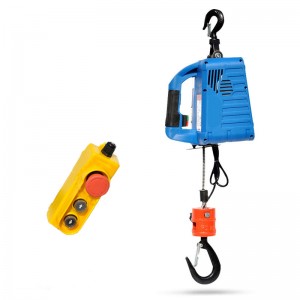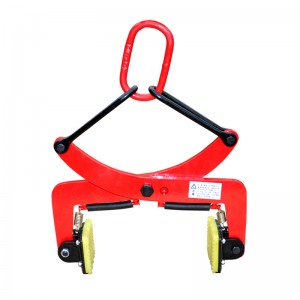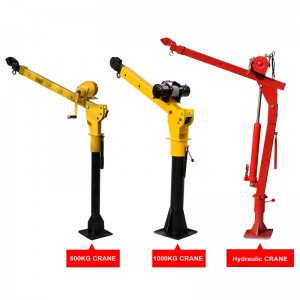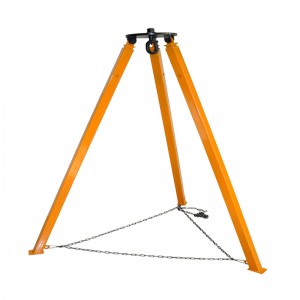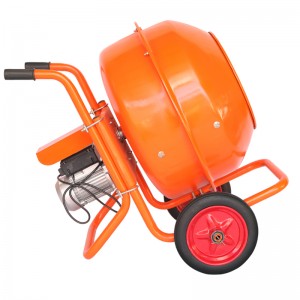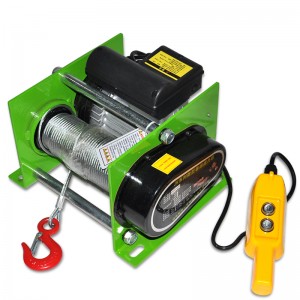Although lifting equipment inspections only happens once or twice a year having a plan can significantly reduce downtime of equipment and also Inspectors time on site.
1. Inform All employees to of intending date of Inspection one month and then one Week in advance.
Employees may have slings, shackles, electric hoist, mini crane, truck crane, manual winch, electric winch, lifting belts, concrete mixers, spring balancers, lift truck, portable truck, cargo trolley, electric trolleys, rescue tripod, engine crane, gantry with remote controller etc. other storage areas for safe keeping in case someone else borrows them.
Employee need to make arrangements to ensure their lifting equipment is inspected.
Your safety or design department may have some technical questions about lifting equipment, so make sure they have the opportunity to speak with the experts.
2. Repatriate lifting equipment back to their normal place of storage.
This will ensure that equipment is logged under the correct location and missing items can be quickly identified. Most inspection companies have an online portal for you to view inspections this will ensure equipment is found in correct location.
After each area is inspected - inform supervisor of any items that are missing so they have time to locate them for inspection.
3. Clean equipment to ensure that it can be inspected.
Worst culprits are Chain slings in paint shops-where layers of paint can build up thus not allowing inspectors to clearly identify equipment,such as dust on motor, wire rope, chain, slings, belt, tightener, controller, frame support, hydraulic pump , steel wheels, permanent magnetic lifter, lifting fixture, cable tensioner, wire assisted machine etc. All lifting tools should be clean
4. Ensure harnesses are not out of date.
There is no point in wasting examiners time when item has to be disposed of anyway.
5.Have a clear inspection route for the examiner to follow.
Give priority to “site vehicles” or trucks crane which may not be present during normal working hours.
This will ensure that lifting equipment will be presented to examiner less likely that equipment will be in use when inspection is due.
6. Use downtime of trucks or equipment to remind employees of good lifting practises.
Often when field operators are brought back to base it becomes a talking shop . Why not utilize this time to develop safety culture further.
Post time: Jan-06-2022





